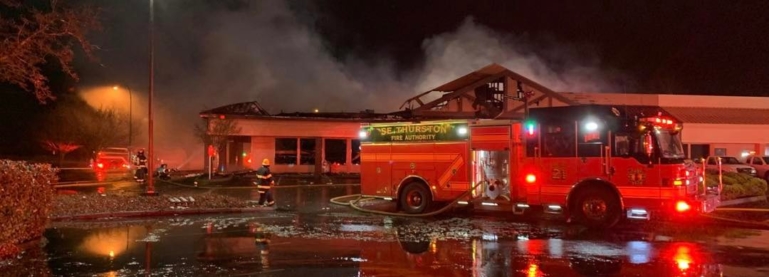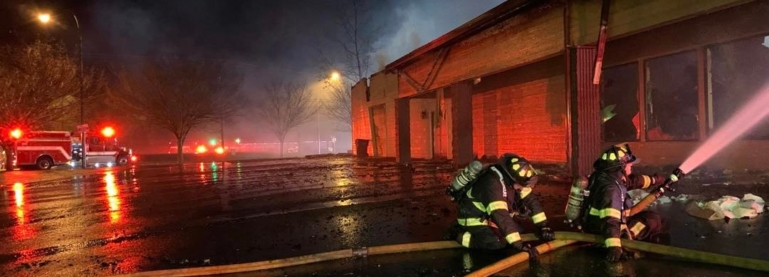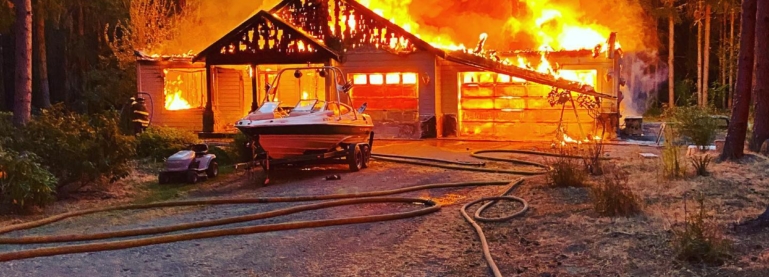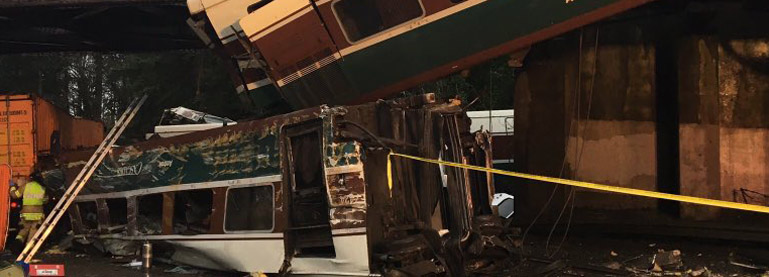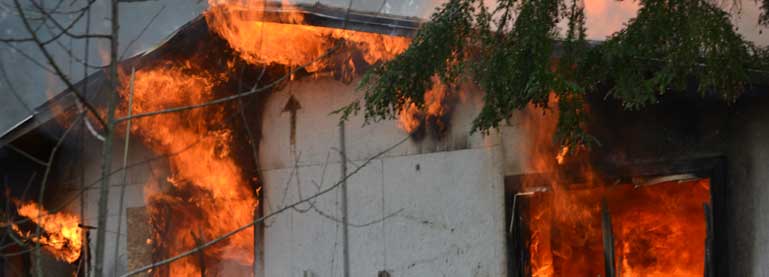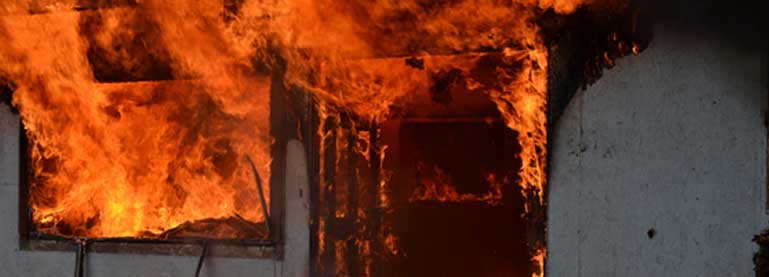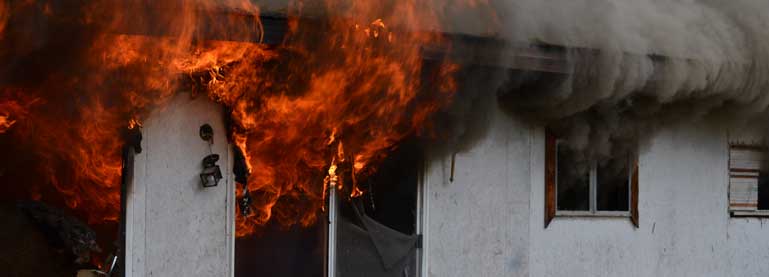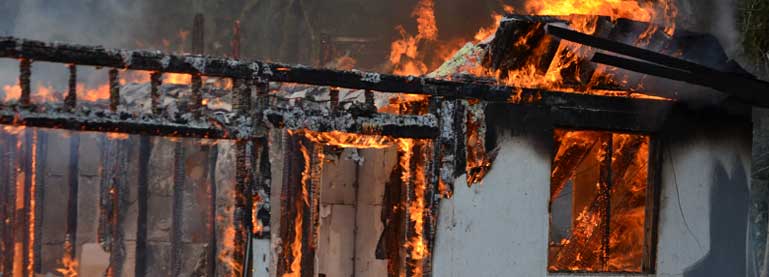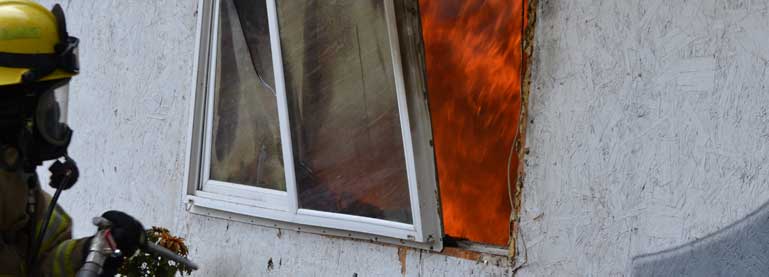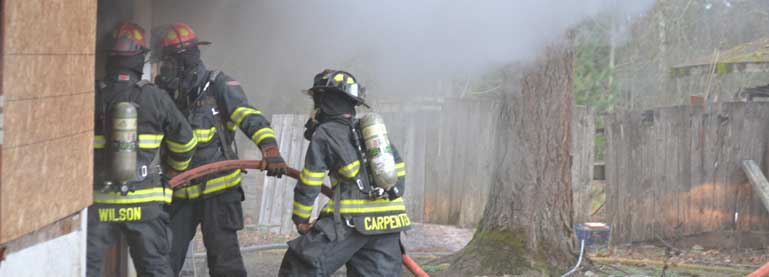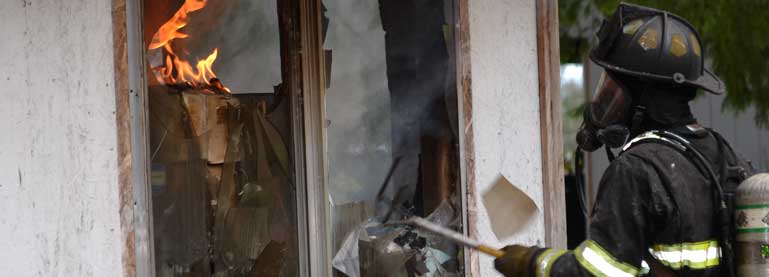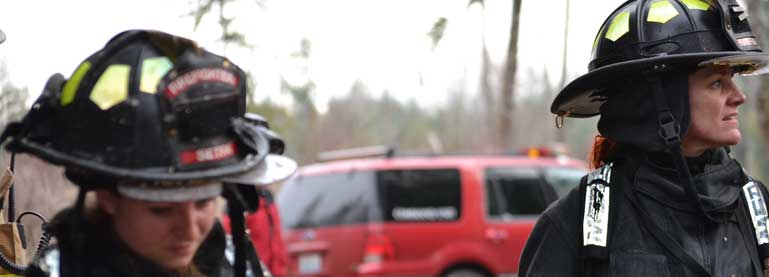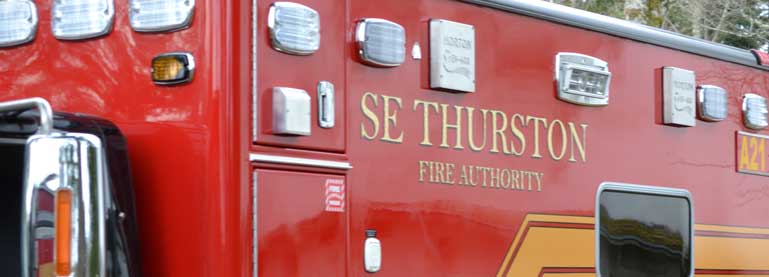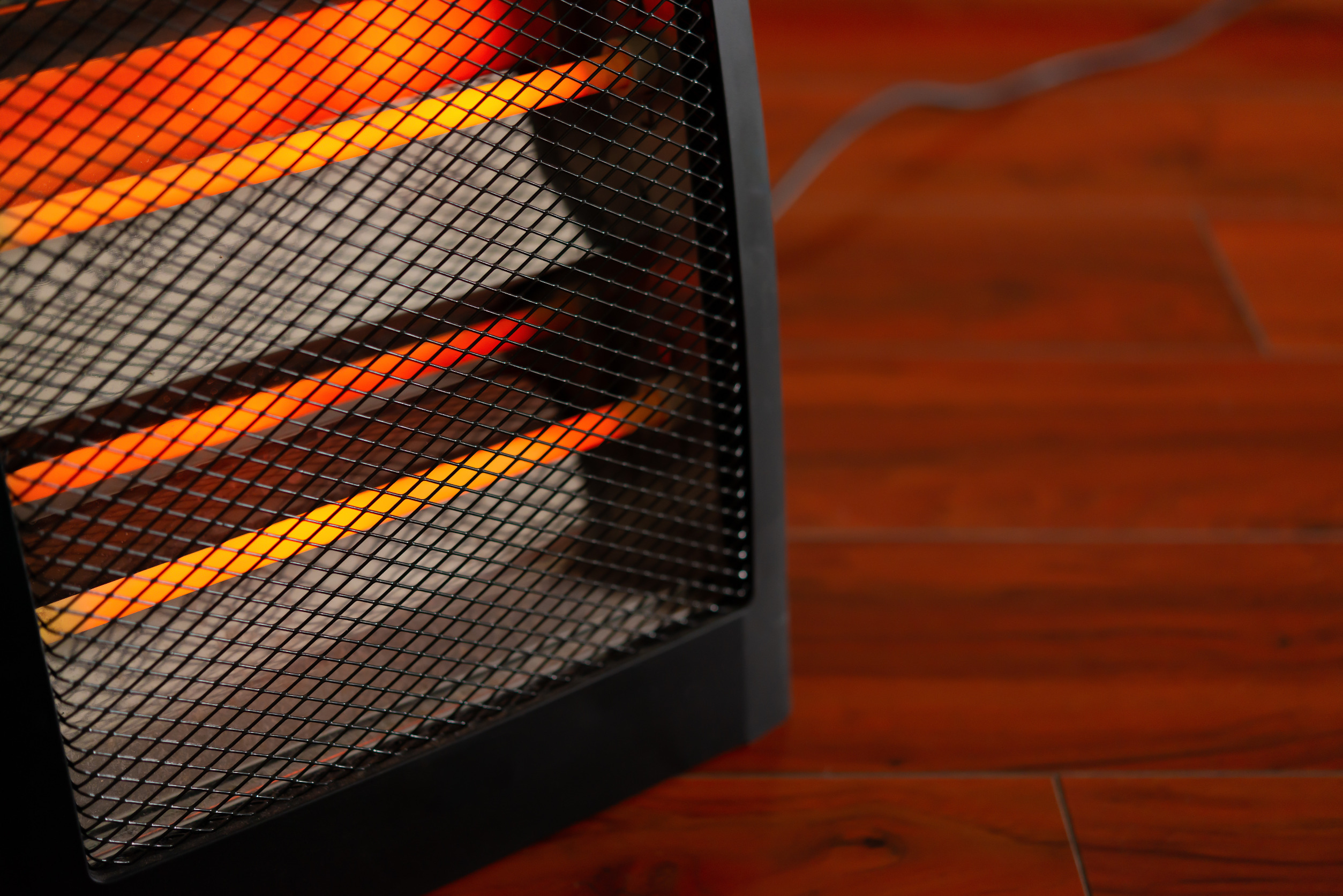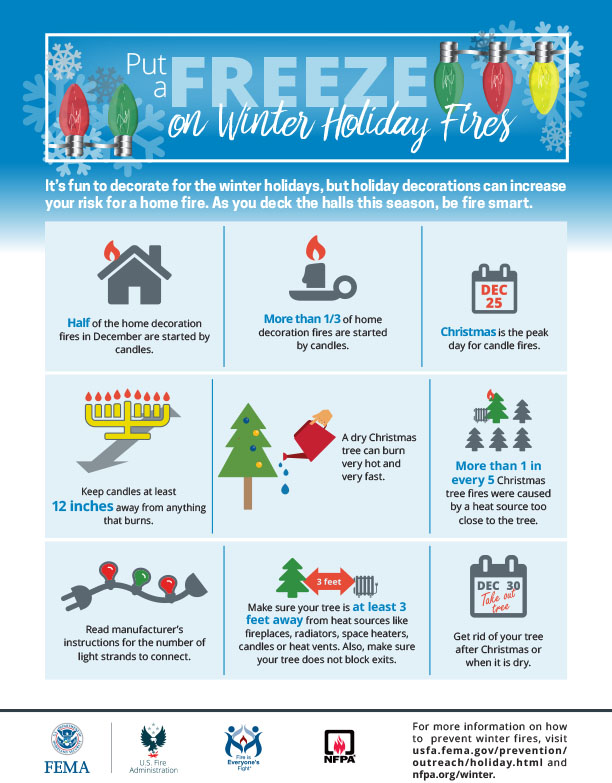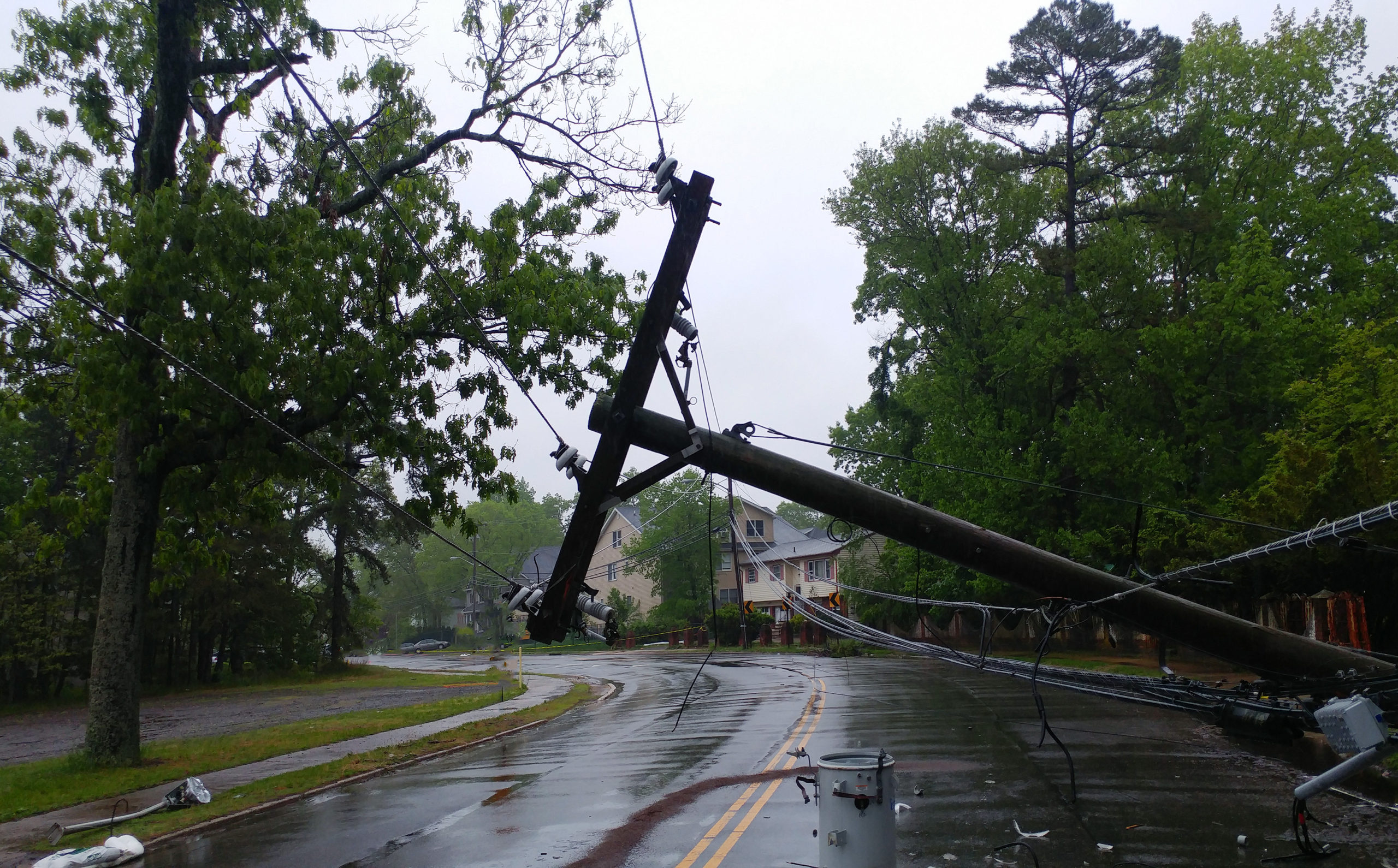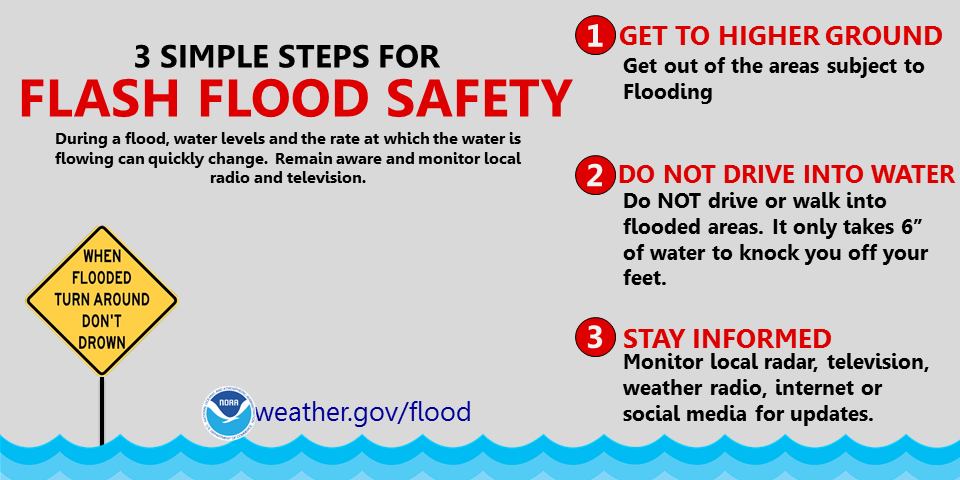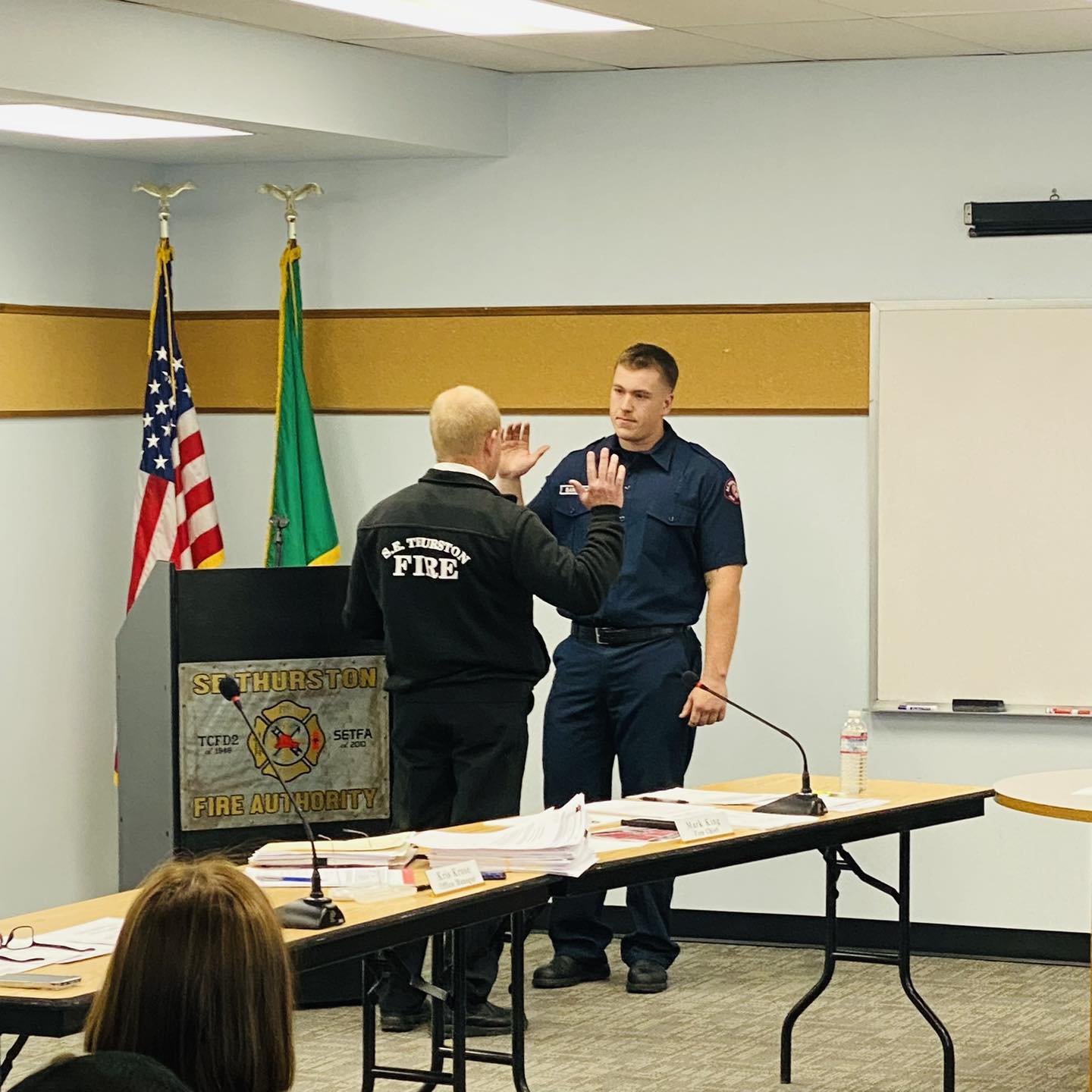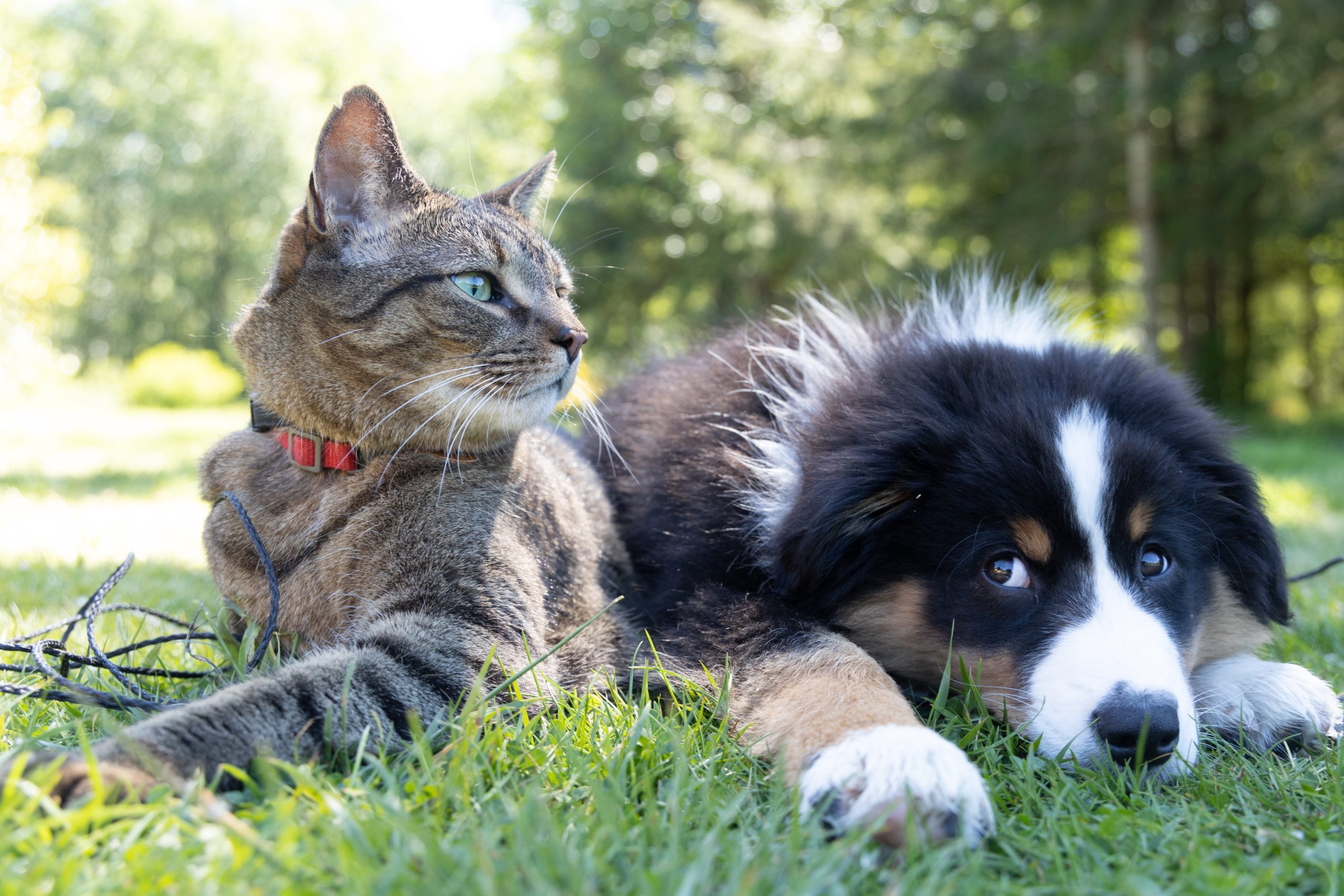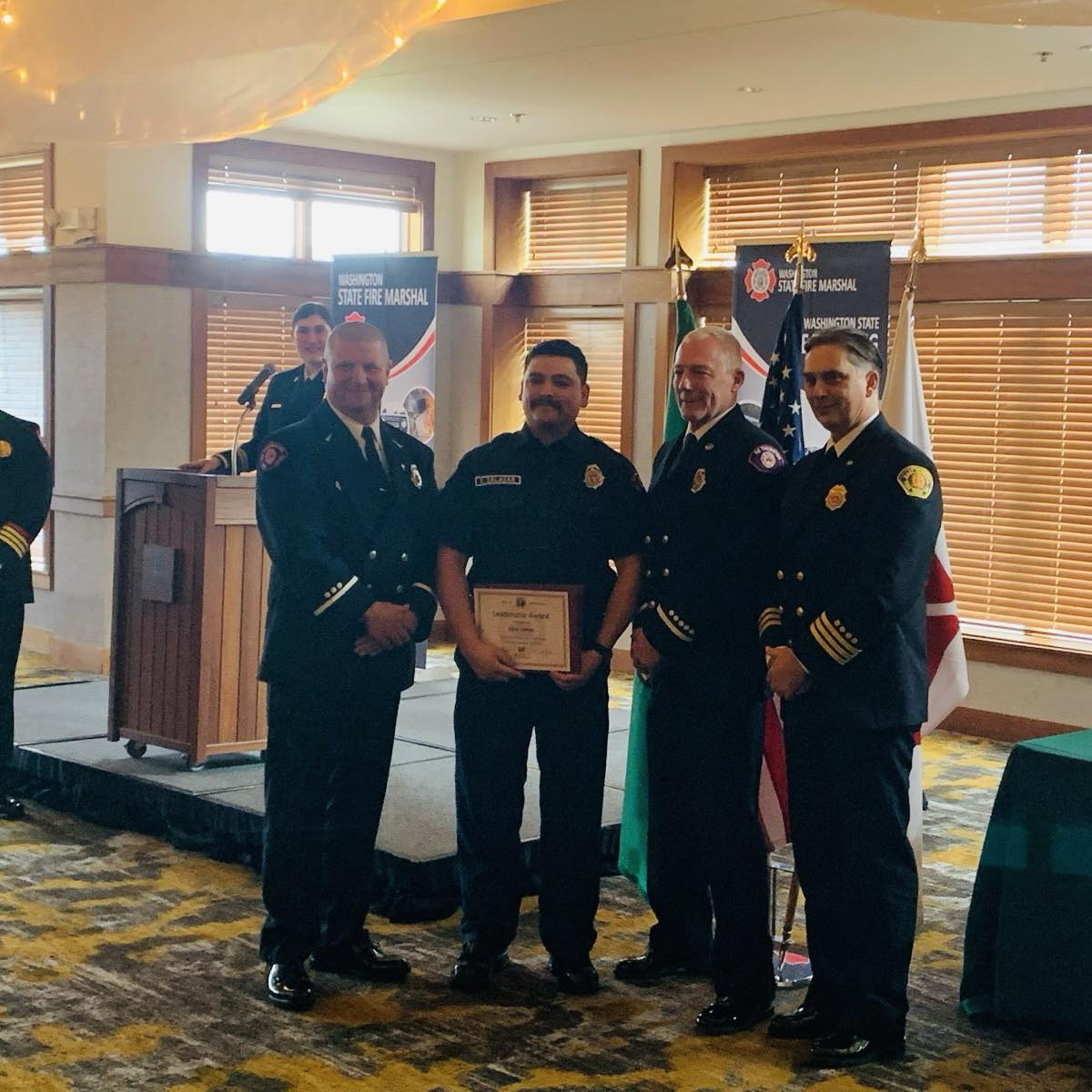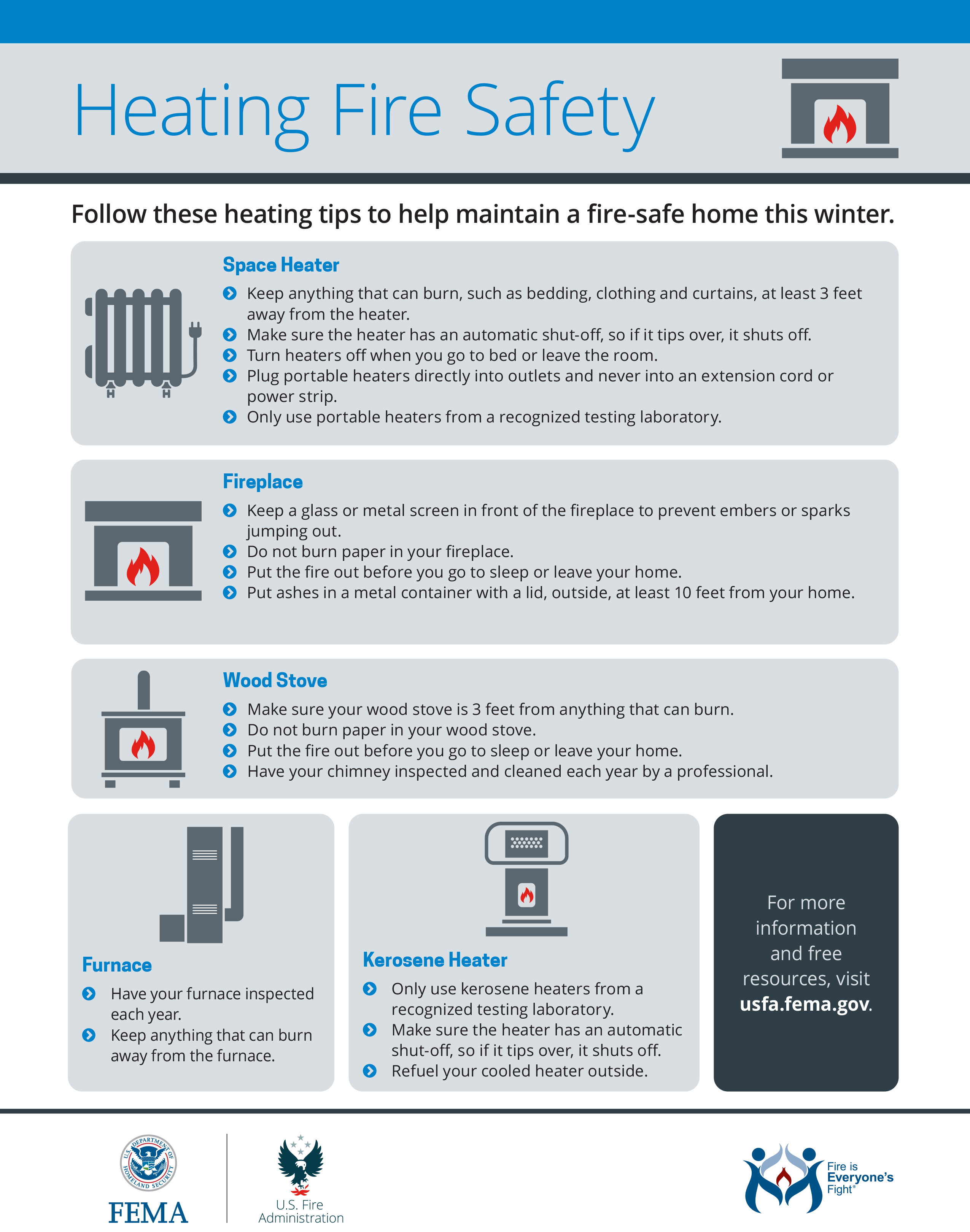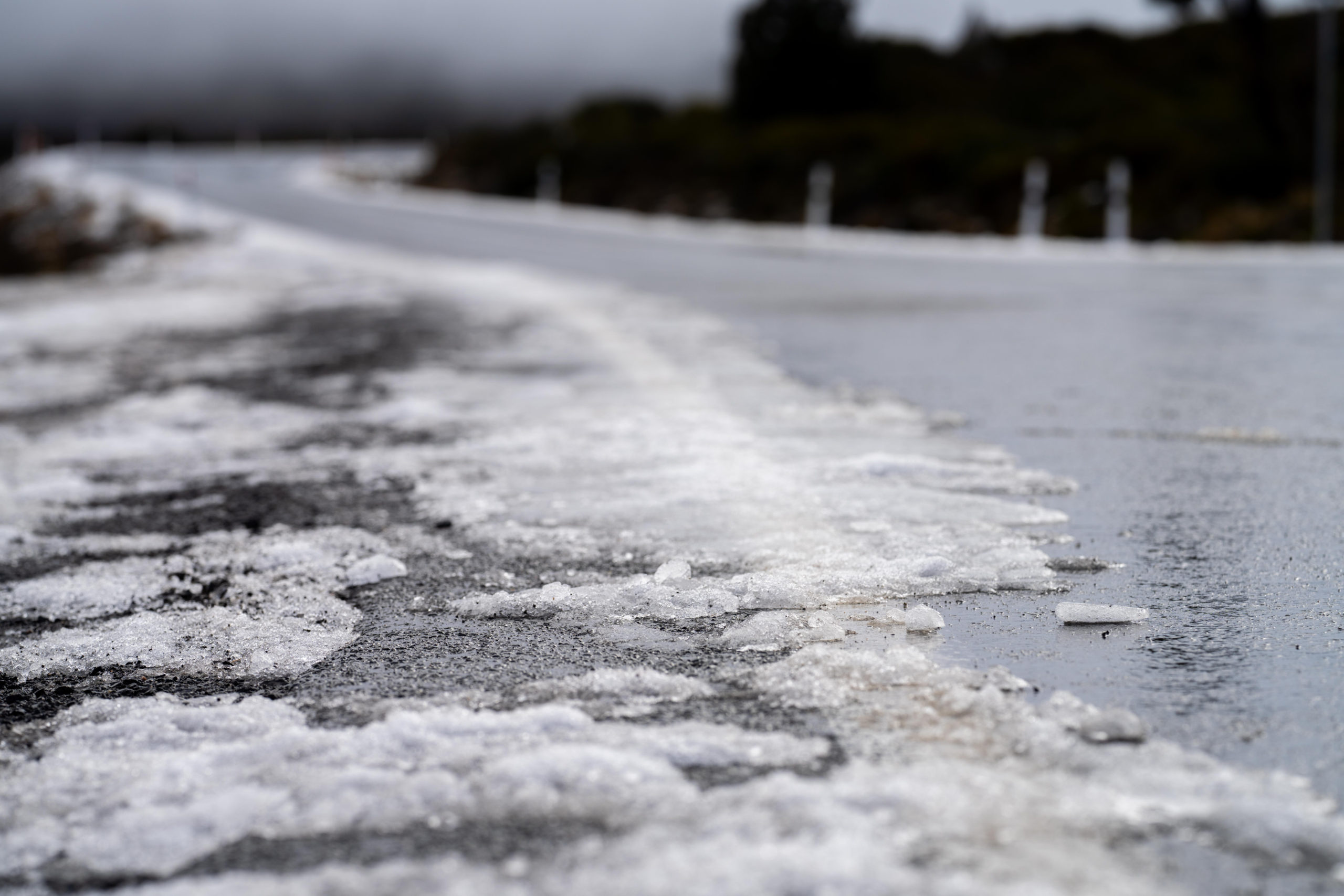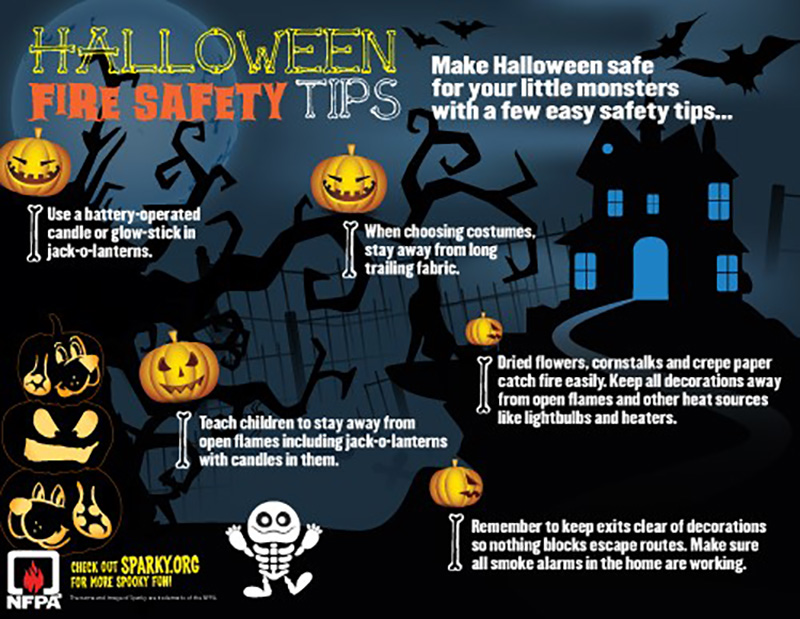Here are some safety tips for using electric heaters this winter:
- Never operate a heater you suspect is damaged. Before use, inspect the heater, cord, and plug for damage. Follow all operation and maintenance instructions. Visit www.cpsc.gov or www.SaferProducts.gov to see if your electric heater has been recalled.
- Never leave the heater operating while unattended, or while you are sleeping.
- Keep combustible material such as beds, sofas, curtains, papers, and clothes at least 3 feet (0.9 m) from the front, sides, and rear of the heater.
- Be sure the heater plug fits tightly into the wall outlet. If not, do not use the outlet to power the heater.
- During use, check frequently to determine if the heater plug or cord, wall outlet, or faceplate is HOT! If the plug, outlet, or faceplate is hot, discontinue use of the heater, and have a qualified electrician check and/or replace the plug or faulty wall outlet(s). If the cord is hot, disconnect the heater, and have it inspected/repaired by an authorized repair person.
- Never power the heater with an extension cord or power strip.
- Insure that the heater is placed on a stable, level surface, and located where it will not be knocked over.
- When purchasing a heater, ask the salesperson whether the heater has been safety-certified. A certified heater will have a safety certification mark.
- Never run the heater’s cord under rugs or carpeting. This can damage the cord, causing it and nearby objects to burn.
- To prevent electrical shocks and electrocutions, always keep electric heaters away from water, and NEVER touch an electric heater if you are wet.
- SPREAD THE NEWS! Inform family, friends, and coworkers of the ways to use an electric heater more safely.

